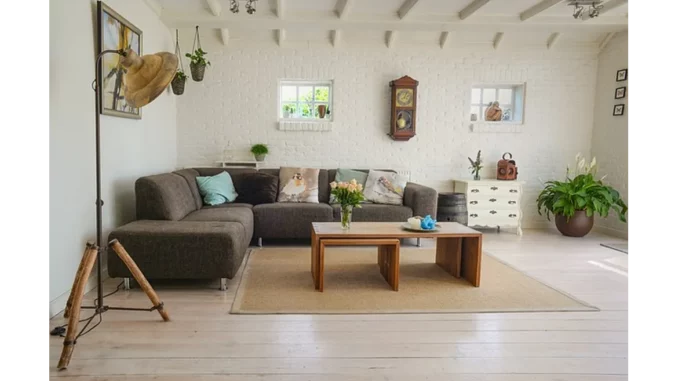
Crafting the Perfect Living Room: A Harmonious Blend of Functionality and Elegance
Designing a living room that marries functionality with a welcoming atmosphere is an art form that requires thoughtful planning and a keen eye for detail. This is the space where you’ll unwind after a long day, entertain guests, and create lasting family memories. The secret to achieving a harmonious living room lies in the meticulous arrangement of furniture, a well-chosen colour palette, and carefully curated accessories.
1. Mapping Out the Space
The journey to a beautifully designed living room begins with a thorough mapping of the space. Start by evaluating the size and shape of the room. Sketch a floor plan, noting the placement of windows, doors, and architectural features such as fireplaces or built-in shelves. This exercise will help you visualise where your main pieces of furniture will naturally fit.
Begin with the largest pieces—typically the sofa and armchairs. These should be arranged to encourage conversation and comfort. For instance, positioning your seating around a fireplace can create a cosy focal point. In an open-plan living area, use furniture strategically to define distinct zones; for example, placing a sofa with its back to the dining area can establish a clear living space.
2. Choosing Colours and Flooring
With a layout in mind, it’s time to delve into colour selection and flooring choices. The colours you choose will set the tone for the entire room. Opt for neutral hues such as soft greys, beiges, or whites to create a serene and adaptable backdrop. These tones offer versatility, allowing you to refresh the room’s look with different accessories over time.
Flooring is another pivotal element. Wooden floors are a timeless choice, prized for their durability and classic appeal. To introduce warmth and texture, layer rugs over your wooden floors. Rugs not only enhance comfort but also help delineate different areas within an open-plan space.
3. Incorporating Storage Solutions
Effective storage solutions are essential for maintaining an organised and tidy living room. Built-in bookcases and shelving units can maximise vertical space, offering ample storage for books, decorative items, and personal mementoes. If built-ins are not feasible, consider stylish freestanding bookcases or storage units that complement your room’s aesthetic.
4. Selecting Furniture
When selecting furniture, consider both style and functionality. A comfortable sofa is non-negotiable, but think about how you use the space. Do you need a sofa bed for occasional guests? How many armchairs will fit comfortably? A coffee table or ottoman is indispensable for placing drinks and snacks, while side tables provide additional surface space.
In an open-plan setting, furniture can also serve to define different areas. A sofa positioned with its back to the dining table can visually separate the living and dining spaces. Be mindful of scale when selecting furniture—oversized pieces can overwhelm a small room, while too-small items may appear out of place in a larger space.
5. Adding Textiles and Accessories
With the main furniture in place, it’s time to add textiles and accessories to infuse your living room with personality. Curtains and blinds are crucial for controlling light and ensuring privacy. Choose fabrics that complement your colour scheme and add texture. For a formal look, heavy linen or wool curtains are ideal, while lightweight cotton or sheer fabrics offer a casual, airy feel.
Rugs play a key role in anchoring the space and adding warmth. Whether you prefer a rustic sisal rug, a modern Berber rug, or an elegant Turkish carpet, a well-chosen rug can enhance the room’s comfort and style. Cushions and throws are also essential for adding pops of colour and pattern. These can be easily swapped out to refresh the room’s look with the changing seasons.
6. Decorating the Walls
Turning your attention to the walls, art and photographs inject personality and interest into a living room. Consider creating a gallery wall with a mix of framed prints, paintings, and personal photos. This can be an excellent way to showcase your interests and create a focal point. If you lean towards minimalism, a single large piece of art can make a bold statement.
7. Lighting
Lighting is a critical component in a living room. Ideally, you should have a mix of lighting sources, including overhead lighting, table lamps, and floor lamps. This variety allows you to adjust the lighting to suit different activities, from reading to entertaining. Position lighting to highlight key areas and features, such as a reading nook or a piece of art.
Designing a living room is a delicate balance of practicality and aesthetics. By thoughtfully considering the layout, colour scheme, furniture, and accessories, you can create a space that is both functional and inviting. Whether your taste leans towards modern minimalism or a cosy traditional aesthetic, the key is to craft a living room that reflects your personal style and meets your needs.


Be the first to comment